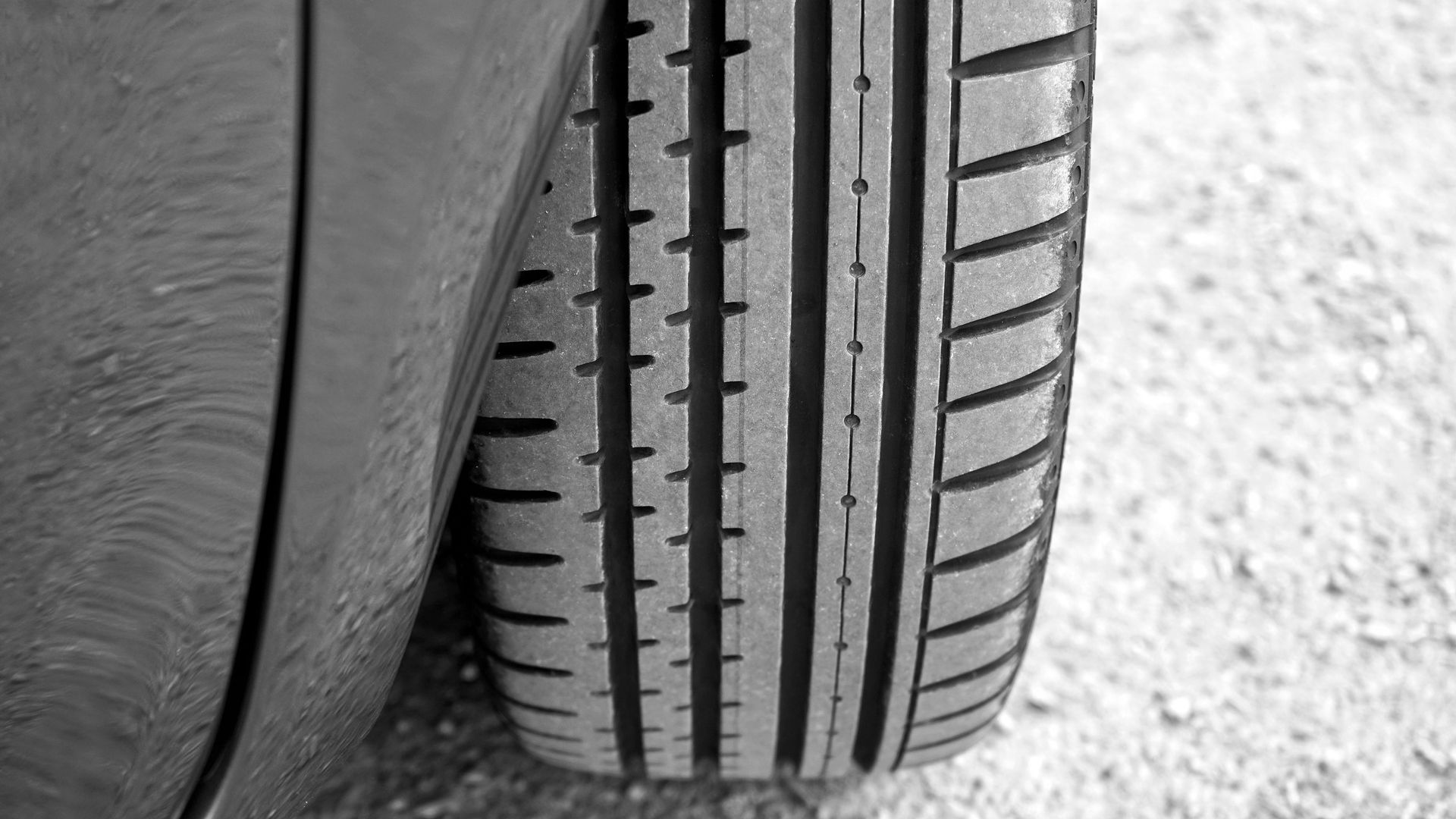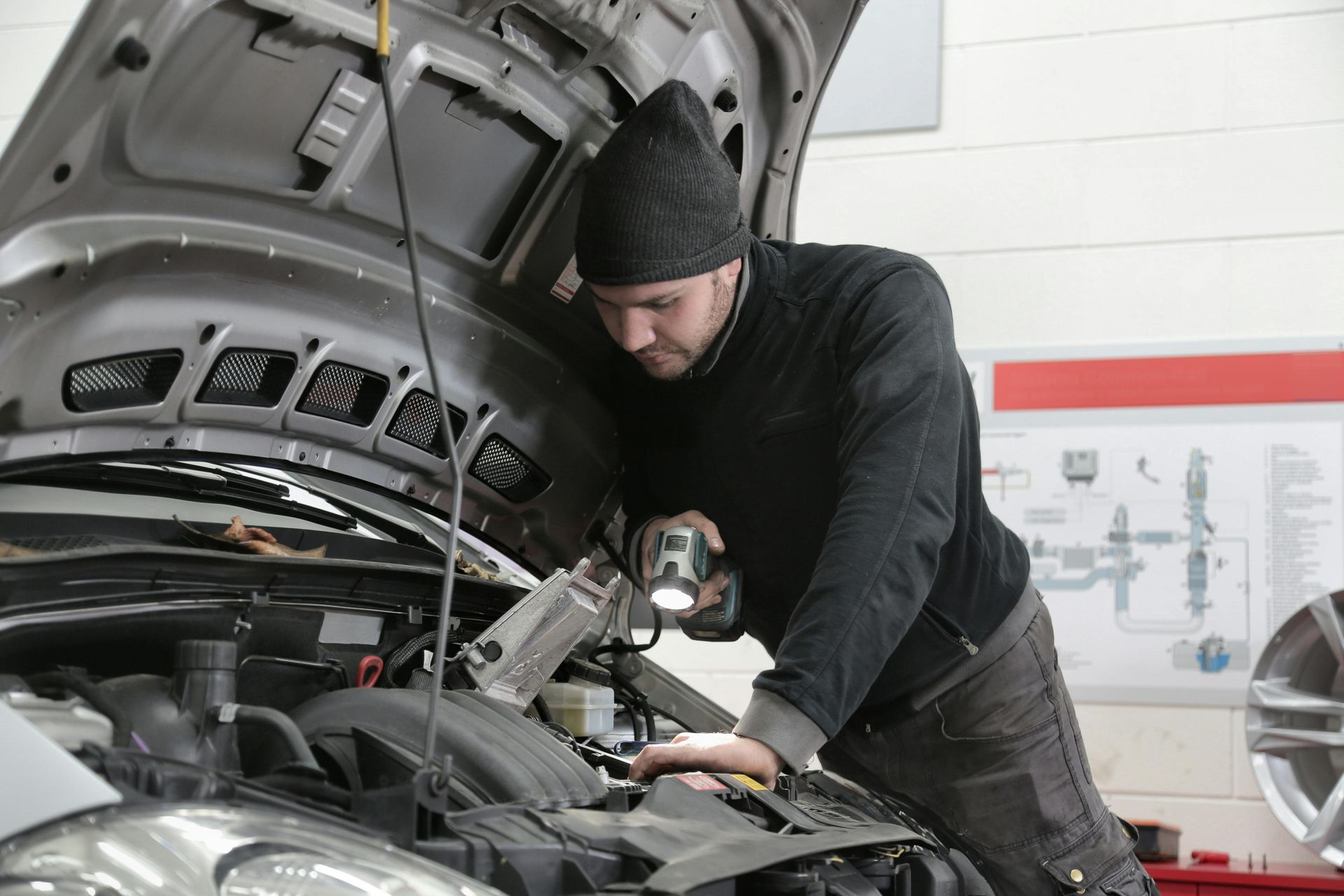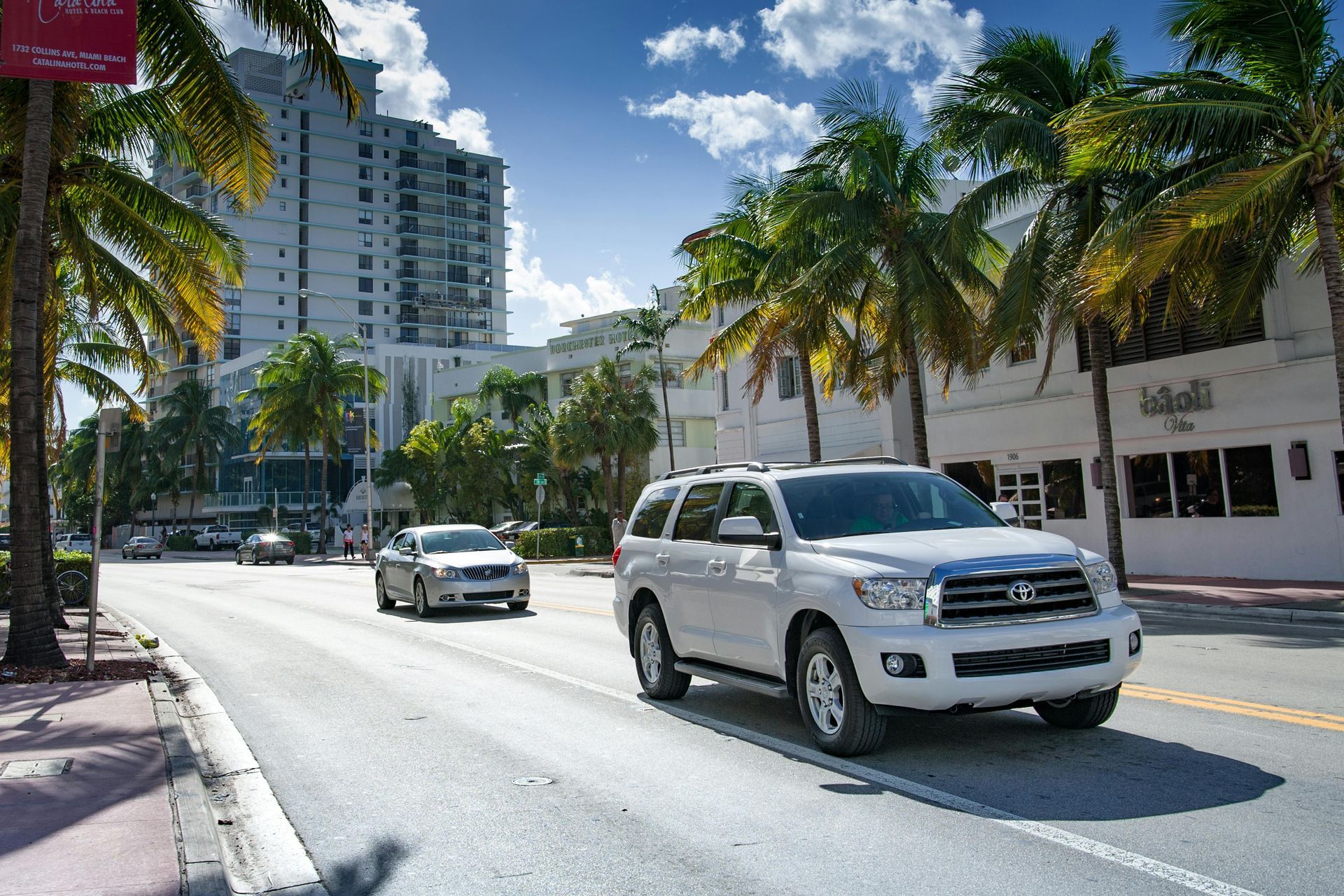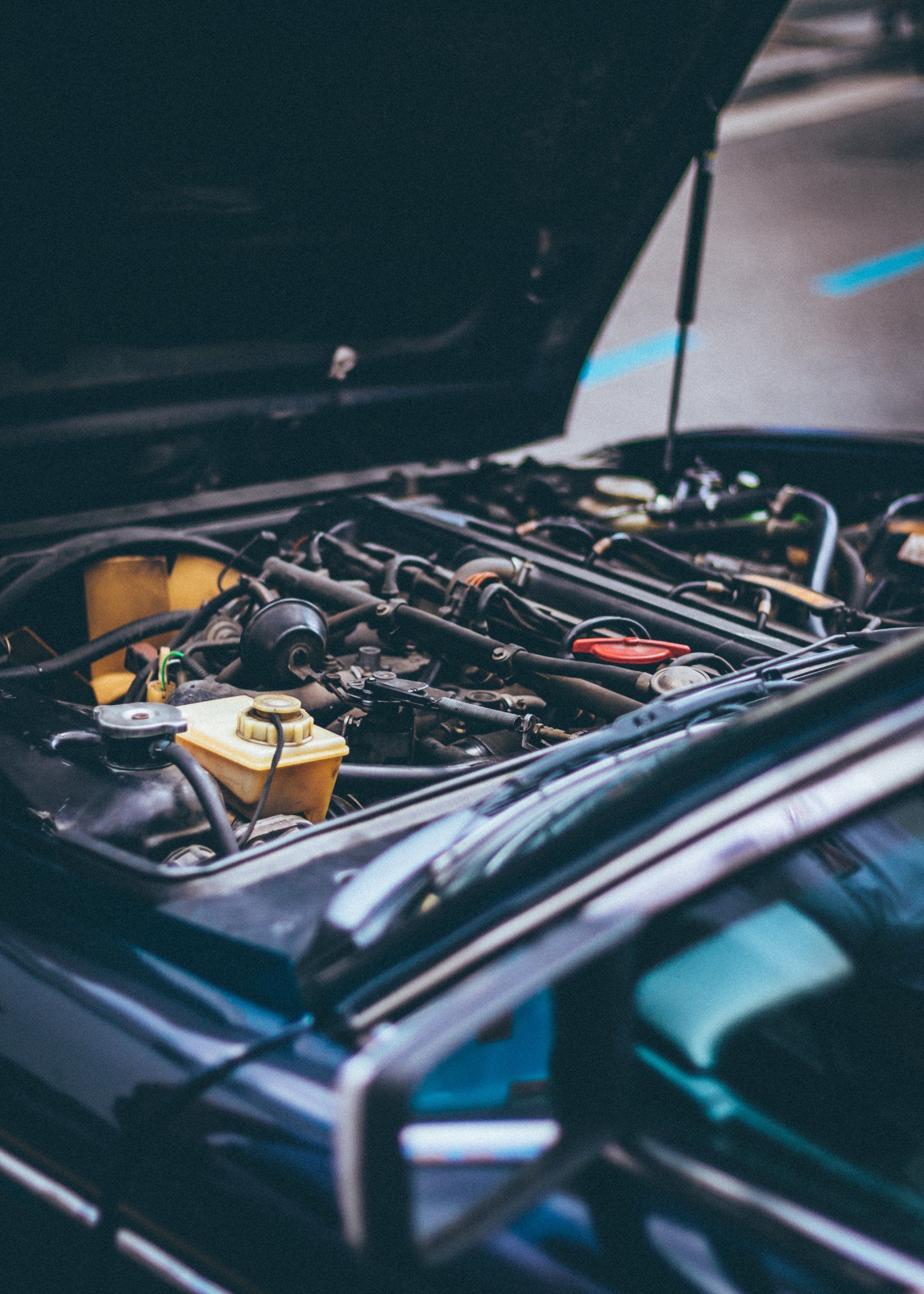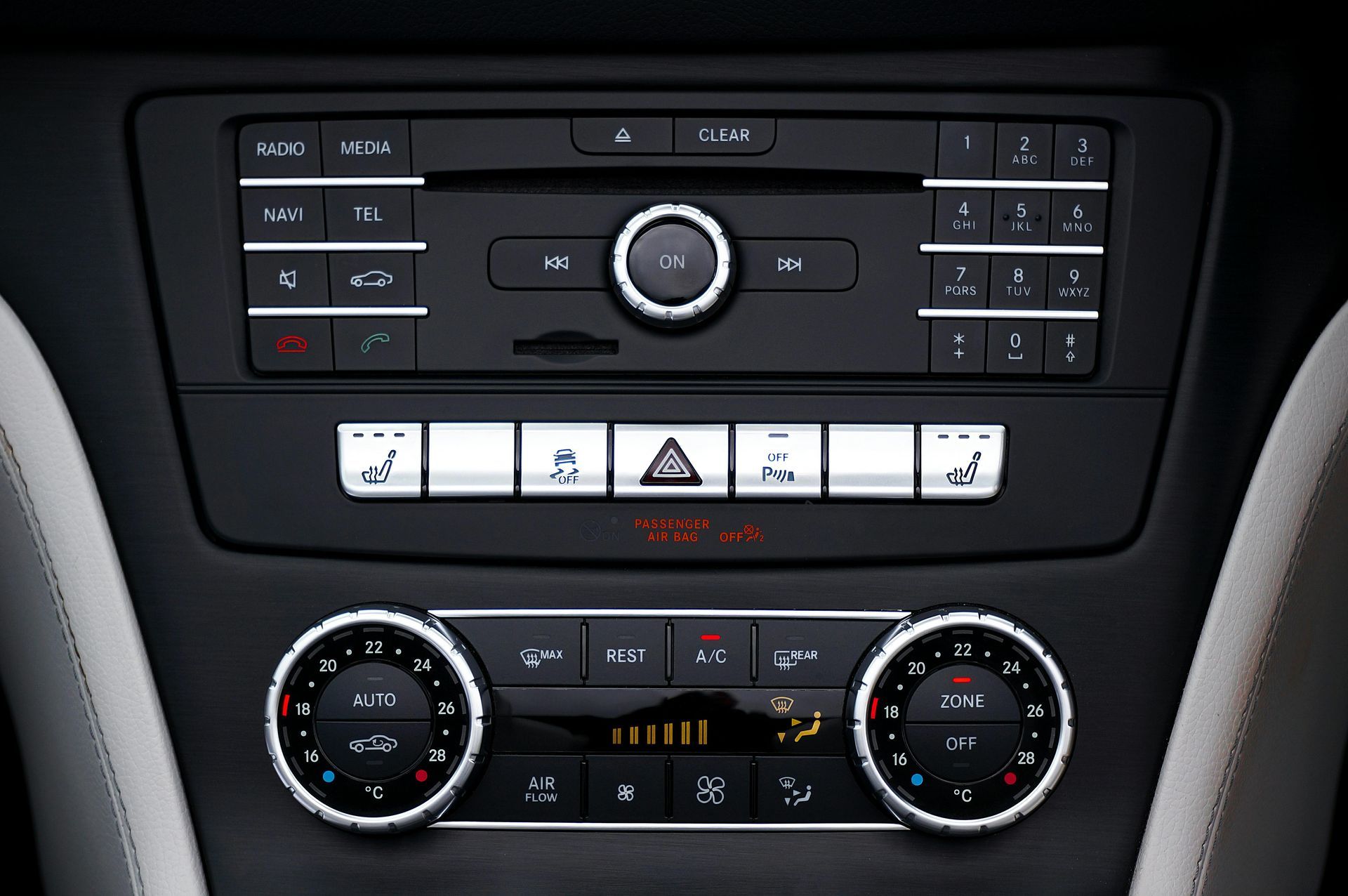Decoding Your Vehicle's Warning Lights: A Driver's Guide
Your car's dashboard warning lights are like a health monitor for your vehicle, alerting you to problems before they become expensive repairs or dangerous breakdowns. For Lakeland drivers dealing with Florida's extreme heat, sudden storms, and heavy traffic around areas like Lakeland Square Mall or Florida Southern University, knowing what these lights mean can be the difference between a minor repair and being stranded on the side of US-98 during rush hour.
Modern vehicles have dozens of warning lights, each designed to protect you and your investment. Ignoring them or hoping they'll go away often leads to much costlier problems down the road.
Engine Warning Lights: Your Most Critical Alerts
Check Engine Light: This amber or yellow light is your most common warning, but don't let its frequency fool you into ignoring it. The check engine light can indicate anything from a loose gas cap to serious engine problems.
In Florida's stop-and-go traffic, emissions system problems become more apparent, often triggering this light. While you can usually continue driving, schedule professional diagnosis within a few days. If the light flashes, stop driving immediately – this indicates engine misfires that can cause expensive damage.
Oil Pressure Light: This red light means your engine isn't getting proper lubrication. Stop driving immediately and check your oil level. Florida's heat breaks down oil faster than cooler climates, making oil-related problems more common around Polk County.
Never ignore this light. Without proper oil pressure, your engine can seize within minutes, requiring complete replacement rather than simple repair.
Temperature Warning Light: When this red light appears, your engine is overheating. In Lakeland's summer heat, overheating can happen quickly, especially in heavy traffic or when your air conditioning system puts extra load on your engine.
Pull over safely, turn off the engine, and let it cool completely before checking coolant levels. Continuing to drive with an overheated engine can cause catastrophic damage costing thousands of dollars.
Battery and Charging System Lights
Battery Warning Light: This light indicates charging system problems, not necessarily a bad battery. Your alternator may not be charging properly, which means your battery will eventually die, leaving you stranded.
Florida's extreme heat is particularly hard on charging system components. If this light appears, have your charging system tested immediately. You may have enough power to drive to a repair shop, but don't count on it lasting long.
Alternator Light: Similar to the battery light, this indicates your charging system isn't working properly. Turn off unnecessary electrical accessories like air conditioning (if safe to do so) and drive directly to a repair facility.
Brake System Warning Lights
Brake Warning Light: This red light indicates serious brake system problems that require immediate attention. It could mean low brake fluid, worn brake pads, or brake system failure.
With Lakeland's busy school zones and heavy traffic around shopping centers, brake problems create extreme safety hazards. If this light appears, check your brake fluid level and test your brakes gently in a safe area. If pedal feel seems wrong, call for towing rather than driving.
ABS Light: When your Anti-lock Brake System light appears, your regular brakes still work, but the ABS system that prevents wheel lockup during emergency stops isn't functioning.
During Florida's frequent rain showers, ABS becomes crucial for maintaining control on wet roads. Have this system checked promptly, especially before hurricane season when sudden stops may be necessary.
Tire and Safety System Lights
Tire Pressure Monitoring Light: This light indicates one or more tires have low pressure. Florida's temperature swings from cool mornings to hot afternoons can cause significant pressure changes throughout the day.
Check all tire pressures when tires are cool, preferably in the morning before driving. Proper tire pressure improves fuel economy and prevents dangerous blowouts on hot pavement around Central Florida.
Traction Control Light: This light appears when your traction control system activates during slippery conditions. If it stays on constantly, the system may have malfunctioned.
During summer thunderstorms common around Lakeland, traction control helps prevent skidding on wet roads. A malfunctioning system increases your risk during sudden downpours.
Electrical and Engine Management Lights
Airbag Warning Light: When this light stays on, your airbag system isn't working properly. While you can continue driving, you won't have airbag protection in an accident.
Given Florida's higher accident rates due to tourism and varied driving experience levels, functioning airbags provide crucial protection. Schedule service promptly to restore this important safety system.
Power Steering Warning Light: This indicates problems with your power steering system. Steering may become very difficult, especially at low speeds like when parking at Publix or maneuvering through tight spaces downtown.
Fluid Level Warning Lights
Low Fuel Warning: While obvious, this light appears earlier than you might think. Don't wait until the last minute to refuel, especially during hurricane season when gas stations may close or run out of fuel.
Washer Fluid Light: Florida's frequent pollen, dust, and bug splatter make windshield washer fluid essential for safe driving. Refill as soon as this light appears.
What to Do When Warning Lights Appear
Red Lights: Usually indicate serious problems requiring immediate attention. Pull over safely and assess the situation. Many red lights mean you should stop driving immediately.
Yellow/Amber Lights: Typically indicate problems that need attention soon but don't require immediate stopping. Schedule service within a few days.
Blue/Green Lights: Usually informational, like high beam indicators or turn signal confirmations.
Don't Ignore the Warnings
Modern vehicles are designed to warn you before small problems become major repairs. A warning light that costs $100 to address today might require $2,000 in repairs if ignored for months.
Keep a small notebook in your glove compartment to record when warning lights appear, what conditions triggered them, and any symptoms you notice. This information helps technicians diagnose problems more quickly and accurately.
Professional Diagnosis in Lakeland
When warning lights appear, don't guess about the problem or ignore the alerts. At Joyce Automotive and Towing, our ASE-certified technicians use advanced diagnostic equipment to quickly identify what's triggering your warning lights. We'll explain the problem in plain English and provide honest recommendations for repair.
Don't let warning lights turn into roadside emergencies. If any dashboard warning lights are concerning you, call us at (863) 249-0162 or visit us at 1034 E Main St in Lakeland for professional diagnosis. Our experienced team will get to the bottom of the problem and keep you safely on Central Florida's roads.

